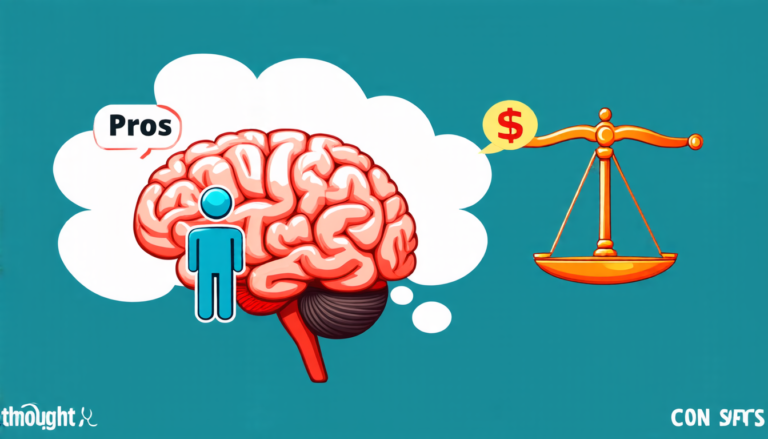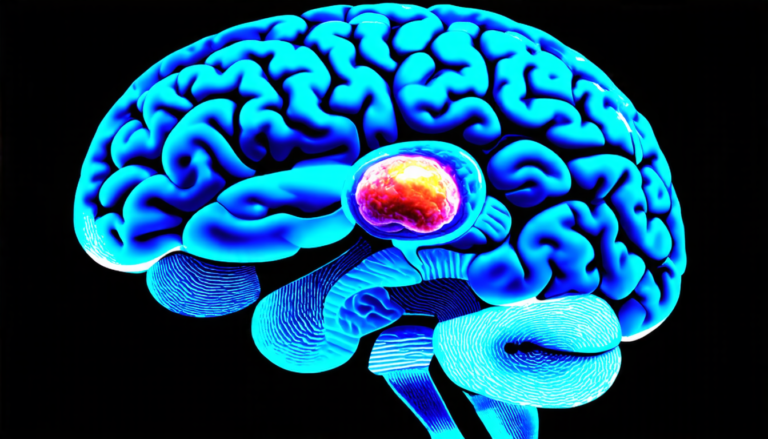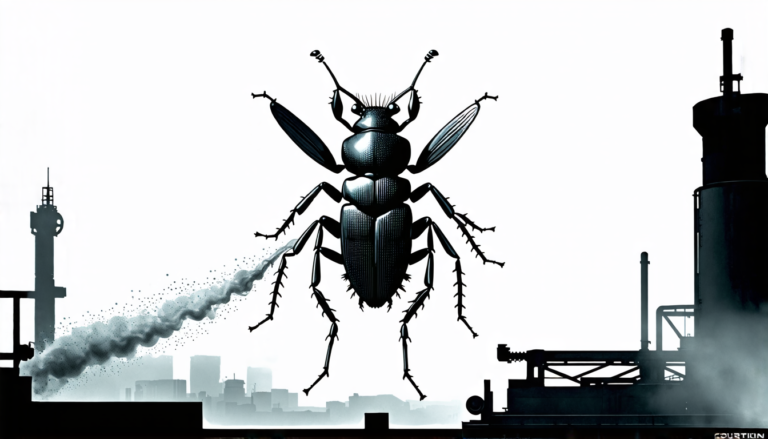Friday 21 November 2025
The age-old problem of space debris removal has long been a thorn in the side of space agencies and private companies alike. With thousands of tons of trash orbiting the Earth, it’s only a matter of time before something catastrophic happens. To combat this issue, researchers have turned to deep reinforcement learning (DRL) to develop safer and more efficient methods for removing debris.
In a recent study, scientists demonstrated the effectiveness of a DRL-based approach for guiding space manipulators in debris removal missions. The system uses a Twin Delayed Deep Deterministic Policy Gradient (TD3) agent to navigate through complex environments while avoiding obstacles and capturing debris.
The TD3 agent is trained using a curriculum-based multi-critic network, which rewards the agent for accurate tracking and collision avoidance. This approach allows the agent to learn from its experiences and adapt to new situations, making it well-suited for the dynamic environment of space debris removal.
To further improve the training process, the researchers employed a prioritized experience replay (PER) framework. PER ranks episodes based on success and cumulative reward, allowing the agent to focus on the most valuable learning experiences. This approach accelerates convergence and improves policy robustness, making it more likely for the agent to succeed in real-world scenarios.
The team tested their system using a simulated 7-degree-of-freedom KUKA LBR iiwa manipulator mounted on a free-floating base. The results were impressive, with the TD3 agent demonstrating safe and adaptive trajectory generation for debris removal missions.
One of the key challenges in space debris removal is avoiding collisions between the manipulator and obstacles, such as other spacecraft or fragments of debris. To address this issue, the researchers introduced obstacle critics into the training process. These critics reward the agent for maintaining a safe distance from obstacles, allowing it to develop a more cautious approach to navigation.
The system’s ability to adapt to changing environments and avoid collisions makes it an attractive solution for space agencies and private companies looking to remove debris from orbit. With its high degree of autonomy and flexibility, this DRL-based approach has the potential to revolutionize the field of space debris removal.
In a significant step forward, the researchers demonstrated their system’s ability to learn from experience and adapt to new situations. This capability is crucial for successfully navigating the complex environment of space debris removal, where unexpected events can occur at any moment.
The future of space debris removal looks bright with this DRL-based approach.
Cite this article: “Adaptive Space Debris Removal via Deep Reinforcement Learning”, The Science Archive, 2025.
Space Debris Removal, Deep Reinforcement Learning, Td3 Agent, Space Manipulators, Obstacle Critics, Prioritized Experience Replay, Kuka Lbr Iiwa, Autonomous Navigation, Collision Avoidance, Robot Control Systems







